The man who killed three people and bombed a judge’s Belrose home is jailed for life
Family Court bomber Leonard John Warwick has been condemned to die in jail for his five-year reign of “unspeakable evil” over Sydney in the 1980s.
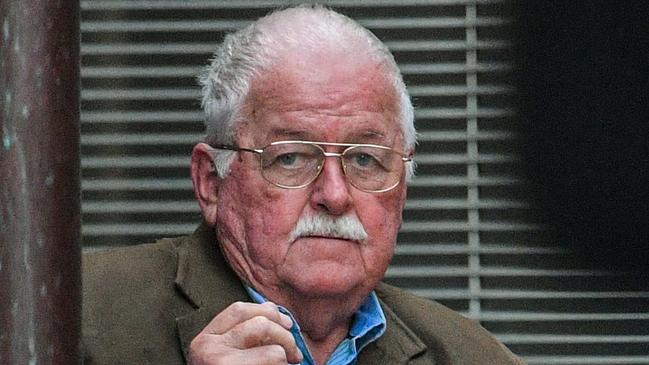
Manly
Don't miss out on the headlines from Manly. Followed categories will be added to My News.
- Former Sea Eagles CEO’s son ‘raped woman’ he met online
- Alleged Dee Why drug supplier charged
- Former Olympian fronts court over fatal hit-and-run charges
Family Court bomber Leonard John Warwick has been condemned to die in jail for his five-year reign of “unspeakable evil” over Sydney in the 1980s.
One of the bombs planted by Warwick destroyed the Belrose home of Family Court judge Richard Gee.
Mr Gee’s home was the target of a bombing on March 6, 1984, while the judge and his family were inside asleep.
They survived the blast but their Neridah St home was destroyed.
Justice Gee suffered minor injuries and his son Steven and daughter Alison escaped virtually unharmed from the blast, which scattered debris over a 200m radius.
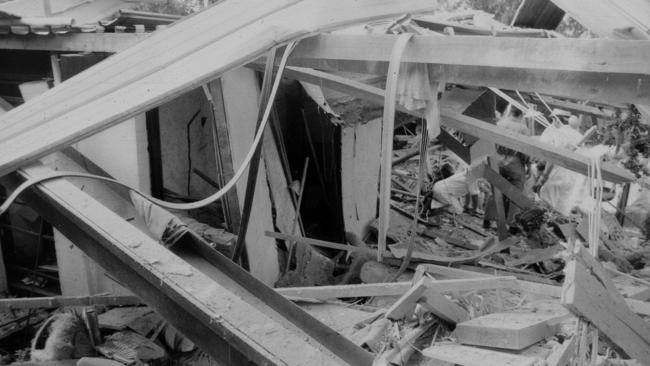
The attack on Mr Gee’s Belrose home was part of a series of bombings and murders directed at the Family Court between 1980 and 1985, targeting judges, a lawyer, their families and members of the community.
Warwick’s trial began in May 2018, when he faced more than 30 charges, including four counts of murder.
On Thursday, Warwick, 73, was described as “calculated, violent and hateful” by Justice Peter Garling, as he was sentenced in the NSW Supreme Court, bringing to an end the long and bloody saga.
Justice Garling handed Warwick three life sentences without the possibility of parole for the murders of three people and a string of bombings and another attempted bombing between 1980 and 1985.
“Mr Warwick, the effect of these sentences is that you will spend the rest of your life in prison and will not be released,” Justice Garling said.
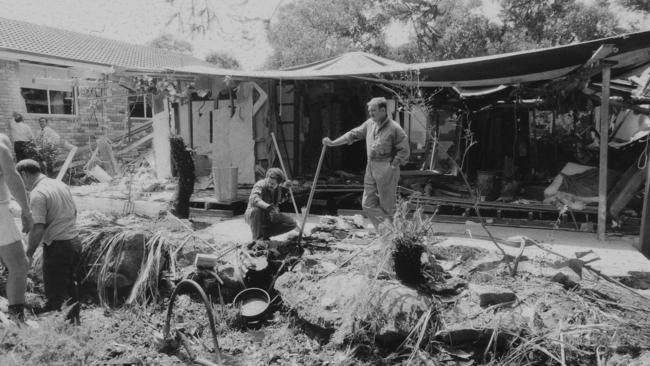
Warwick’s campaign of terror was described by Justice Garling as “a type of sustained, ongoing violence which, at that time, was entirely unheard of in Australia”.
Warwick, a former firefighter, was found guilty of 20 charges but not guilty of the shooting murder of his brother-in-law, Stephen Blanchard, in 1980.
After more than three decades of police investigations, a string of coronial inquests and a judge-alone trial that stretched over two years, Justice Garling’s sentence finally brings closure to one of the bloodiest periods in Sydney’s history.
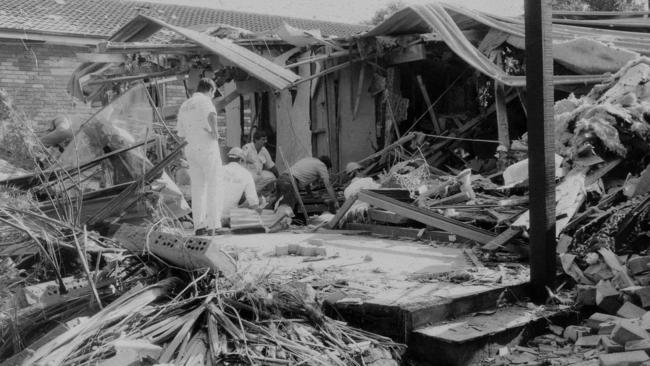
Warwick was found to be motivated by a sense of bitterness and hate over his Family Court battle with his former wife, Andrea Blanchard, over the custody of their daughter, that ran from 1979 to 1986.
Most of his victims and targets had an association with his legal proceedings.
Justice Garling described his crimes as an “attack on the foundations of Australian democracy” and an “evil” attack that left members of the legal fraternity fearing for their lives.
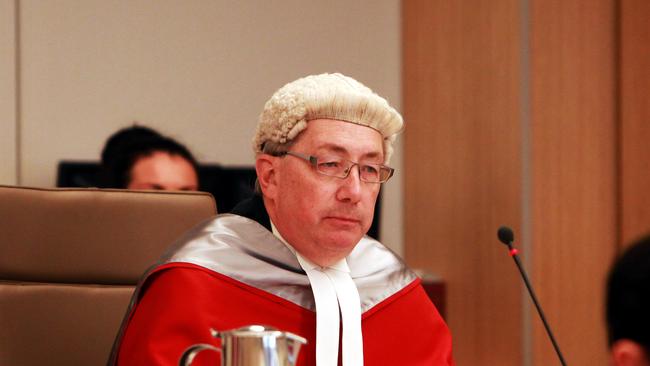
“Each of these offences involved sophisticated planning, preparation and careful conduct,” Justice Garling said.
“They were part of a sustained course of conduct by the offender against anyone whom he concluded may be acting contrary to his interests in maintaining access to his daughter and preserving his own financial position.”
Justice David Opas, who had earlier handed down adverse findings against Warwick in Warwick’s Family Court battle, was shot as he answered the door of his Woollahra home in Sydney’s eastern suburbs on the evening of June 23, 1980.
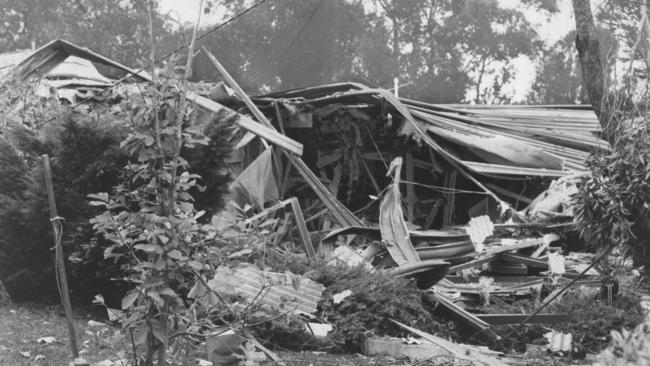
Pearl Watson was killed instantly on July 4, 1984 when she opened the door to the Greenwich home she shared with her husband, Justice Raymond Watson, who was the target of the attack.
The bomb planted by Warwick was described as “victim-activated”.
Warwick’s murderous crusade ended on July 21, 1985 when he blew up the Jehovah’s Witnesses hall at Casula in southern Sydney, killing Graham Wykes and seriously injuring 13 others.
Of the 71 parishioners who were hospitalised, 16 were children and five were babies.
Warwick targeted the congregation because some of its members helped Ms Blanchard move out of Sydney to the NSW mid-north coast.
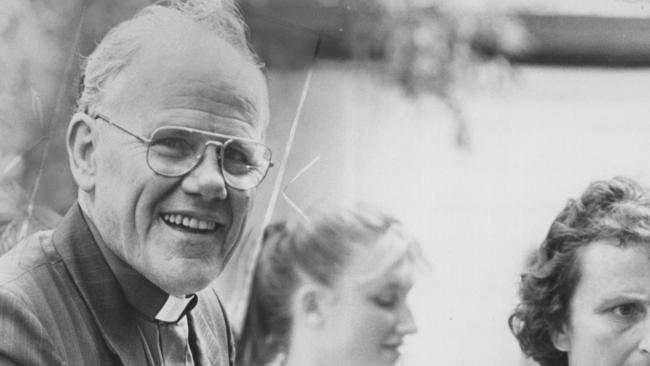
Warwick was also sentenced for the bombing of Justice Richard Gee’s Belrose home on March 16, 1984 and the bombing of the Family Court at Parramatta on April 14, 1984.
Warwick watched proceedings in the NSW Supreme Court on Thursday via audiovisual link from jail and still maintains his innocence.
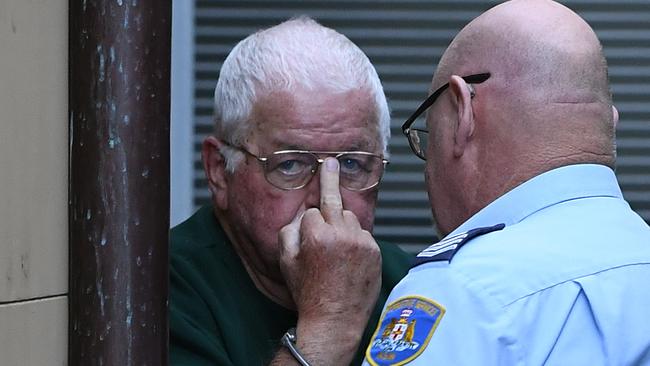
Justice Garling described Warwick’s crimes as “completely antithetical to the very foundations of government in Australia” and paid tribute to the judges, lawyers and court staff who continued with their work in the face of his bloody spree.
“They were courageous to do so and demonstrated conduct of a kind to which we would all aspire when confronted by those who seek to do harm to the values of justice and the peaceful settlement of disputes in our nation,” Justice Garling said.
